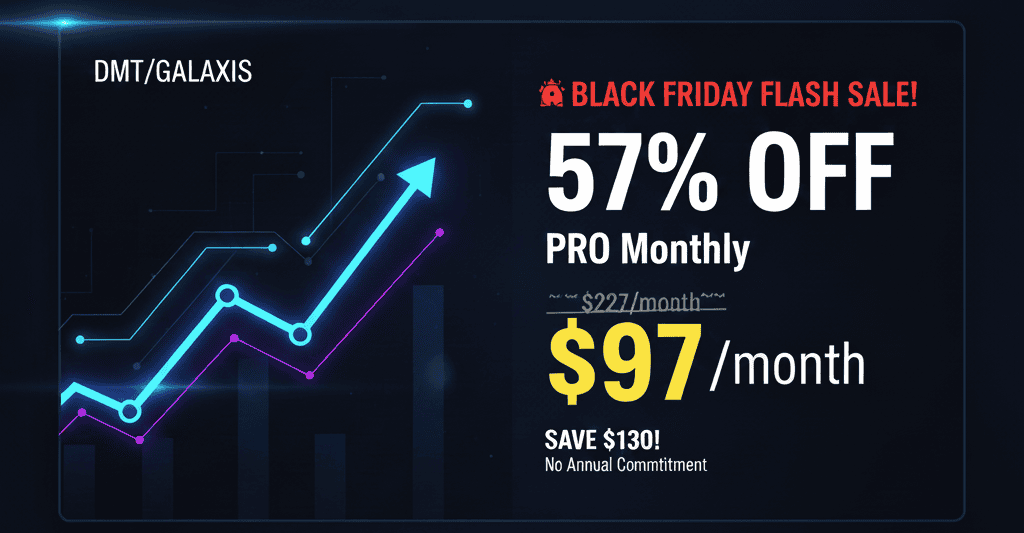Key Indicators of Effective Web Performance Analysis
Understanding the key indicators of effective web performance analysis is essential for optimizing your digital presence. This guide details critical metrics and methodologies that help you evaluate and enhance your website’s performance.
Site Speed Optimization Strategies
Site speed directly impacts user experience and search engine rankings. A loading time of under three seconds is optimal; sites that exceed this threshold see a 32% increase in bounce rates . To improve speed, consider the following strategies:
- Optimize Images: Use formats like WebP or SVG for faster loading.
- Minimize HTTP Requests: Reduce the number of elements on a page to decrease load time.
- Leverage Browser Caching: Allow browsers to store certain files locally, reducing future load times.
- Use Content Delivery Networks (CDNs): Distribute content across multiple servers to reduce latency.
By implementing these strategies, you can significantly enhance site responsiveness, leading to better user retention and improved SEO rankings.
Analytics Tools Comparison
Choosing the right analytics tool is crucial for effective web performance analysis. Here’s a comparison of three popular options:
- Google Analytics: Offers comprehensive tracking capabilities but requires setup knowledge.
- GTmetrix: Focuses on site speed analysis and provides actionable insights on improving load times.
- SEMrush Performance Metrics Tool: Combines SEO data with performance metrics, making it ideal for marketers focused on overall strategy.
When selecting a tool, prioritize features like real-time reporting, ease of use, and integration capabilities with other marketing tools to ensure seamless data tracking.
User Behavior Tracking Methods
User behavior insights are vital for understanding how visitors interact with your site. Tracking methods include:
- Heatmaps: Visual representations showing where users click most often can inform design changes.
- Session Recordings: Watching how users navigate your site helps identify pain points in their journey.
- Conversion Rate Optimization (CRO) Tools: These tools analyze user actions that lead to conversions, allowing you to refine calls-to-action effectively.
Utilizing these methods enables you to gather reliable data-driven evaluations about visitor engagement and improve overall site effectiveness.
Checklist for Effective Web Performance Analysis
- Confirm page load times are below three seconds.
- Ensure images are optimized in size and format.
- Evaluate analytics tools based on features relevant to your goals.
- Implement user tracking methods such as heatmaps or session recordings.
- Regularly review conversion rates and adjust strategies accordingly.
FAQ
What are the best practices for measuring website performance?
Measure key metrics like page load time, server response time, and user interaction rates regularly using reliable analytics tools.
How can I improve my site’s loading speed?
Focus on optimizing images, minimizing HTTP requests, leveraging caching mechanisms, and utilizing CDNs.
Which metrics indicate a successful web strategy?
Look at conversion rates, session duration analytics, bounce rates, and overall traffic trends as indicators of success.
Why is user engagement important in web analysis?
High engagement levels correlate with better conversion rates and improved customer loyalty; understanding them allows targeted improvements.
How do conversion rates affect overall site effectiveness?
Conversion rates reflect how well your site meets visitor needs; higher rates indicate successful alignment between content offerings and audience expectations.
Implementing these practices will provide actionable insights into your website’s performance while guiding strategic decisions moving forward so you can optimize effectively based on solid data-driven evaluations.
